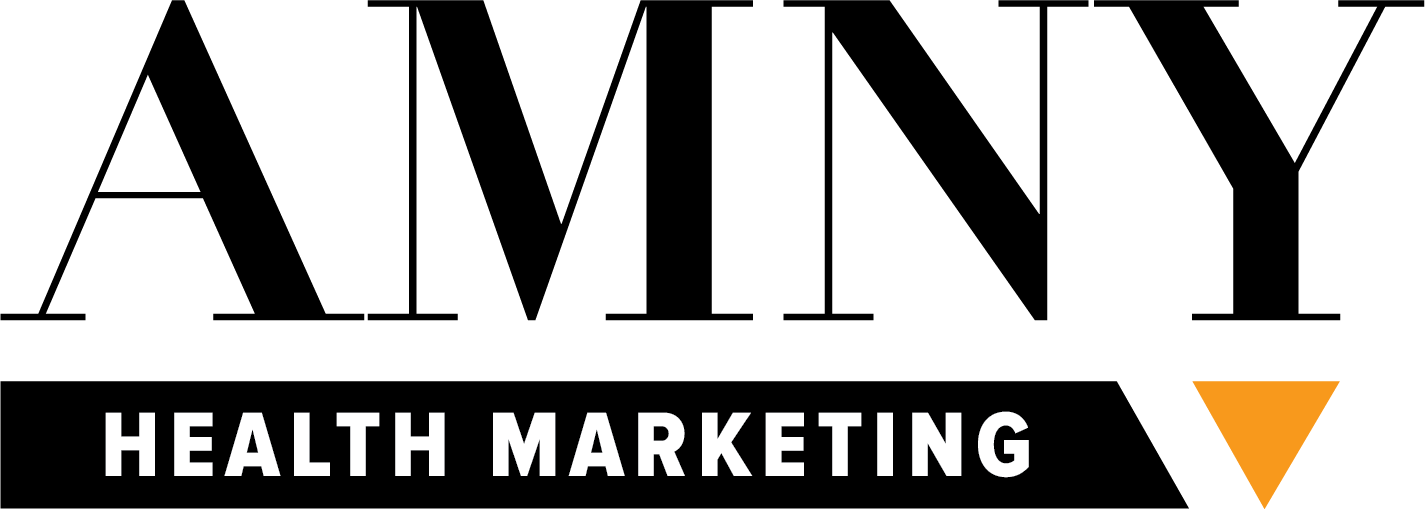
Making Healthcare Websites More User Friendly
Did you know users expect websites to load in less than 3 seconds? Or positive online experiences can foster more business for your practice? Creating a user-friendly healthcare website is fundamental in a world where many first impressions happen on the Internet. Here, AMNY Health Marketing discusses some of the key features behind a well-designed healthcare website.
Create a Patient-First Design
The primary aspect to consider is your audience – the patient. Creating a website that speaks directly to their pain points and wellness goals inherently creates a more positive user experience. To start, think about the different phases of the patient journey, including:
- Awareness: The patient becomes aware that they may have a health issue, and they’re likely seeking information to learn more about it.
- Consideration: The patient defines their issue and considers the available options to seek care, examining available approaches.
- Decision: The patient evaluates relevant providers and decides where to schedule an appointment.
If you create a website that seamlessly takes the patient through each phase, they’ll likely schedule an appointment with you over a competitor. It’s essential to map out a content strategy for your web pages. Then, build supplemental resources that help people find you online and lead them back to your website and scheduling services, such as:
- Healthcare blogs
- Social media accounts
- Videos or webinars
- Reviews and testimonials
This extends your marketing capabilities and overall reach, helping you generate new business for your organization online.
Make Navigation Intuitive
As patients peruse the information on your website, examining services and getting to know your team, navigation becomes highly important. Your healthcare website should make it easy for patients to find what they need at a glance. A few things to evaluate include:
- Menu options: If the primary menu covers the most important choices and links to logical submenu options, patients can move through your website with ease.
- Calls to action: Your main goal is to get patients to schedule appointments – make sure they can easily do that with big, bold buttons and text that’s easy to see.
- Icons/graphics: Appropriate icons and graphics make it easy for people to figure out where to go, so make sure they’re consistently displayed across your website.
Go Mobile
One of the biggest marketing tips for healthcare organizations to remember is the power of mobile access. Patients aren’t just looking up medical information on the computer in their home office – they’re also browsing on the go. They’re reading articles about health and wellness on the train to work, and reviewing providers in the area on their lunch break. That means it’s important for your website to work fluidly across mobile devices.
A mobile-friendly healthcare website has optimized navigation menus and layouts that translate well to smartphones and tablets. Creating a website that can keep up in an ever-evolving digital world helps ensure new patients can connect with you virtually anywhere. And if you have an app that streamlines the patient experience, that’s even better.
Review Your Healthcare Website for Readability
Following basic design principles doesn’t just help your healthcare website look as professional as possible, it also helps make it easier to navigate. From the text on the page to your calls to action, evaluating multiple areas of your website for readability is key. Some questions to ask yourself include:
- Is my content written clearly and concisely?
- Are there areas where I can minimize or clarify complex medical jargon?
- Can I break up long stretches of content with headers and bulleted lists?
- Do my “Schedule an appointment” buttons stand out on every page?
Other elements to consider are the font and color scheme. Making sure these are consistently presented from your home page to the contact page impacts readability. Also, using high-contrast colors and larger text helps make your website easier on the eye.
Allow Greater Accessibility
Inaccessible environments create barriers for the disability community – this includes the digital world. Hospital and physician websites that cater to patients with a diverse range of disabilities support more equitable access to healthcare throughout communities. Does yours have barriers? Consider the following:
- Captions and transcripts help people with auditory disabilities understand videos.
- Simplified navigation, content, and page layouts foster greater comprehension for people with cognitive, learning, and neurological disabilities.
- Larger buttons make it easier for people with physical disabilities to interact with your website.
- Written communication options, such as a contact form, help those with speech disabilities connect with you.
- High-contrast text and images help people with visual disabilities navigate your site effectively.
Schedule a Complimentary Marketing Analysis
Let us help you refine your digital marketing strategy. At AMNY Health Marketing, we know how important a user-friendly website is for your organization’s ability to attract new patients and become a credible online resource. For more information about us or how to make a better online impression, contact us today.
